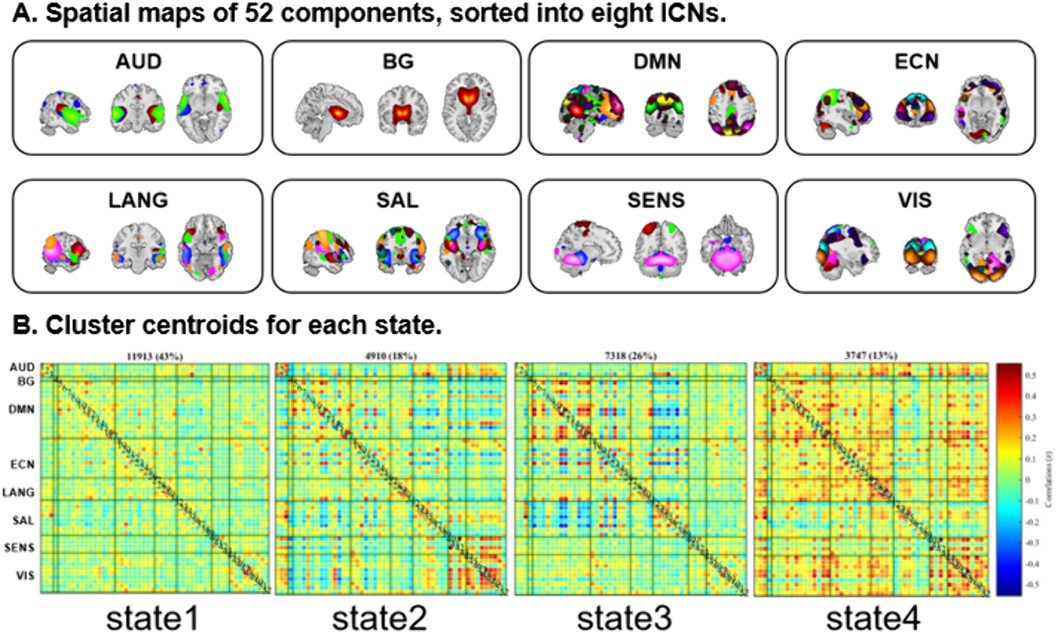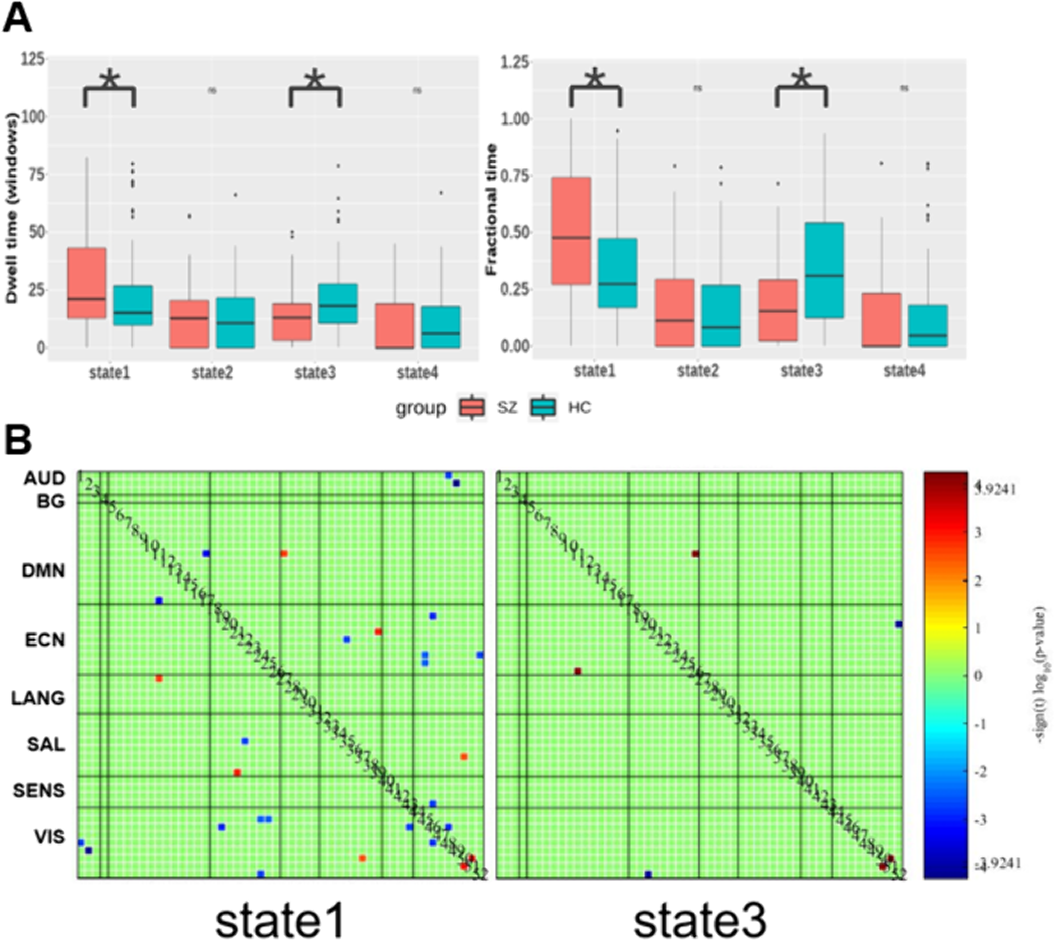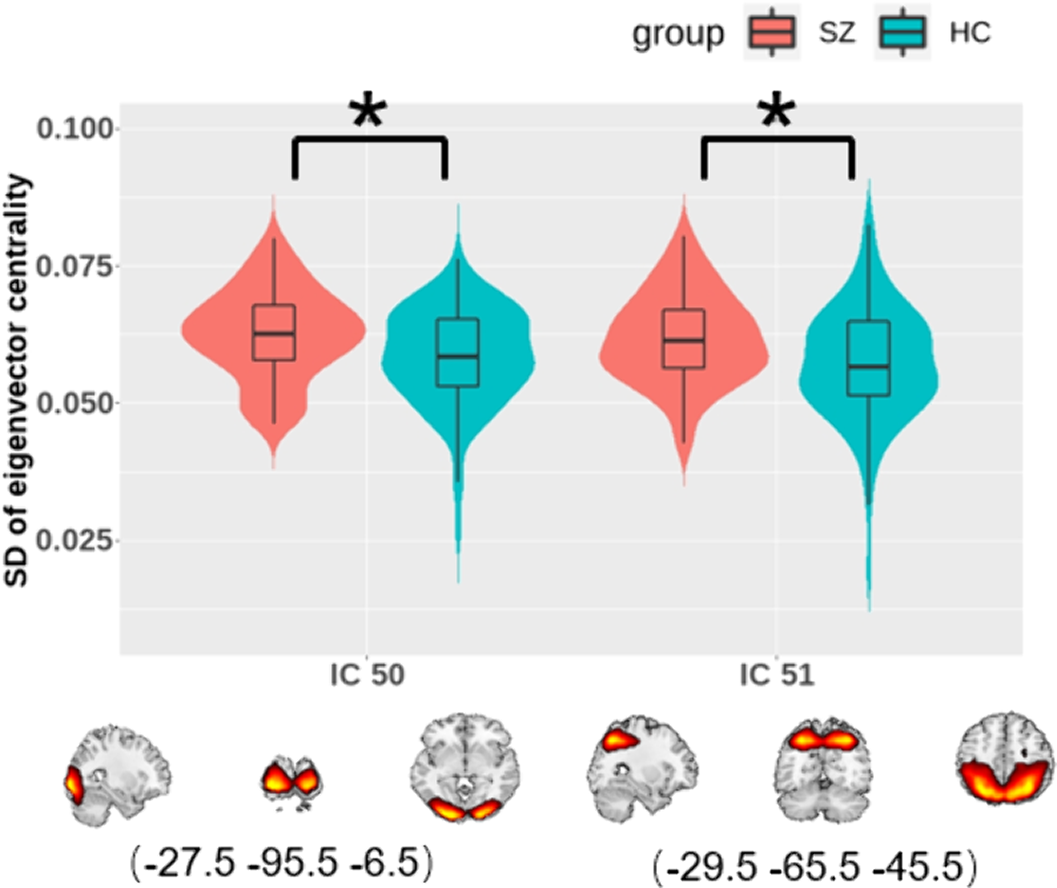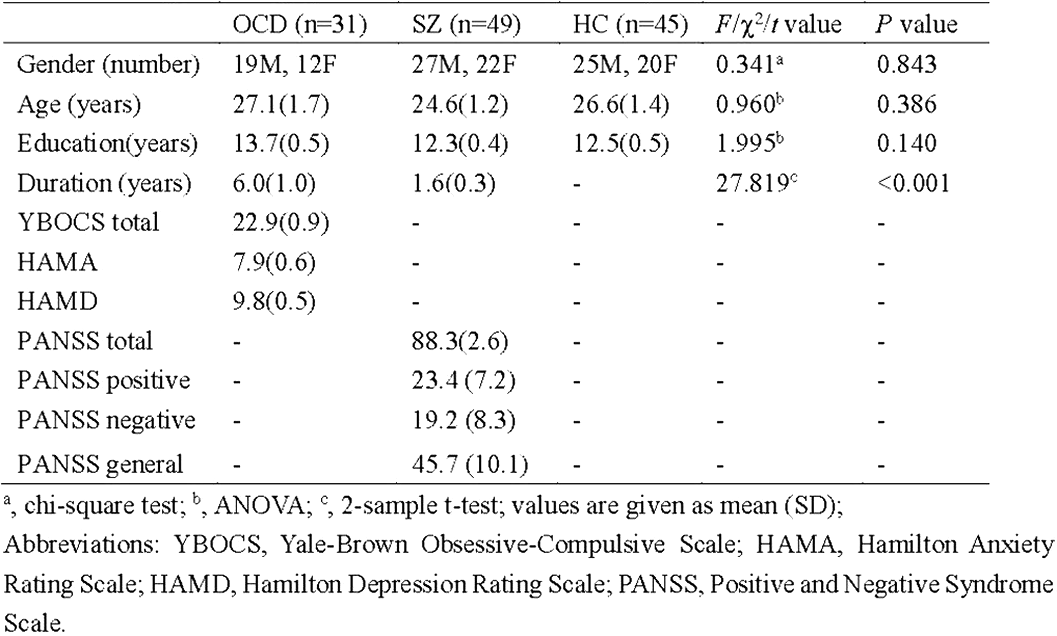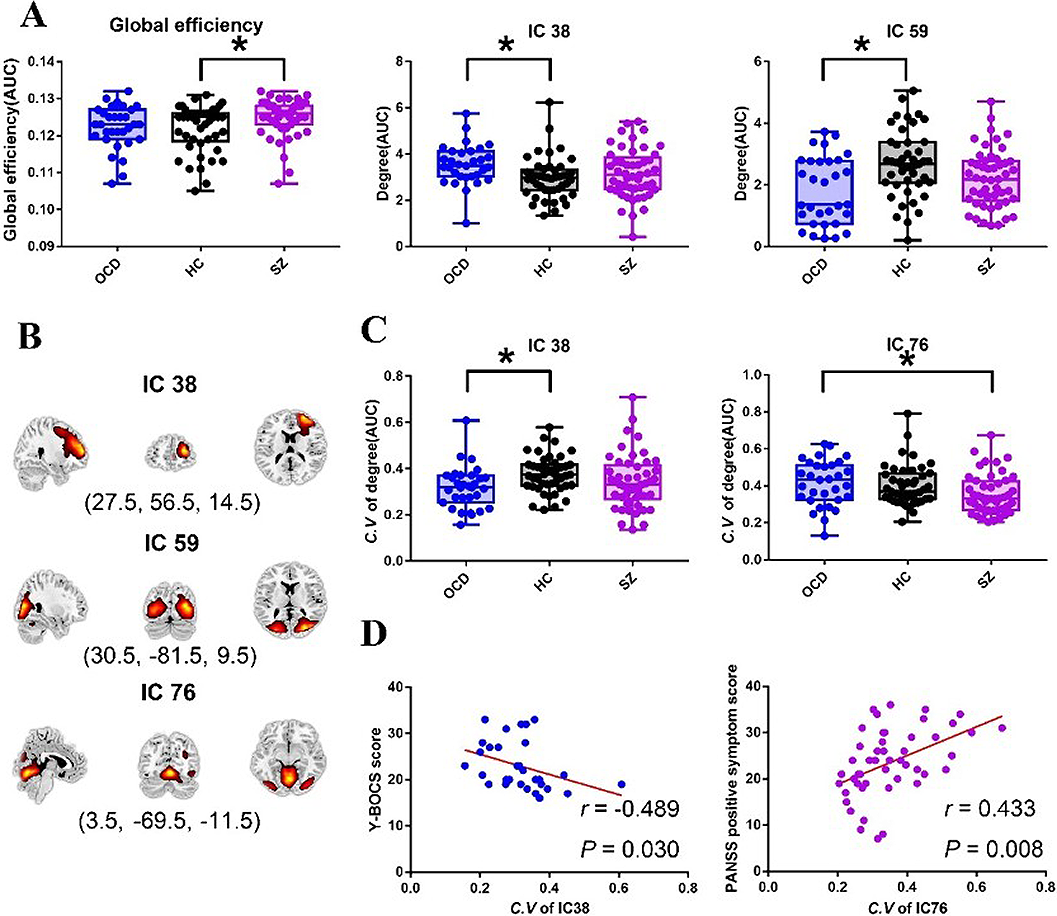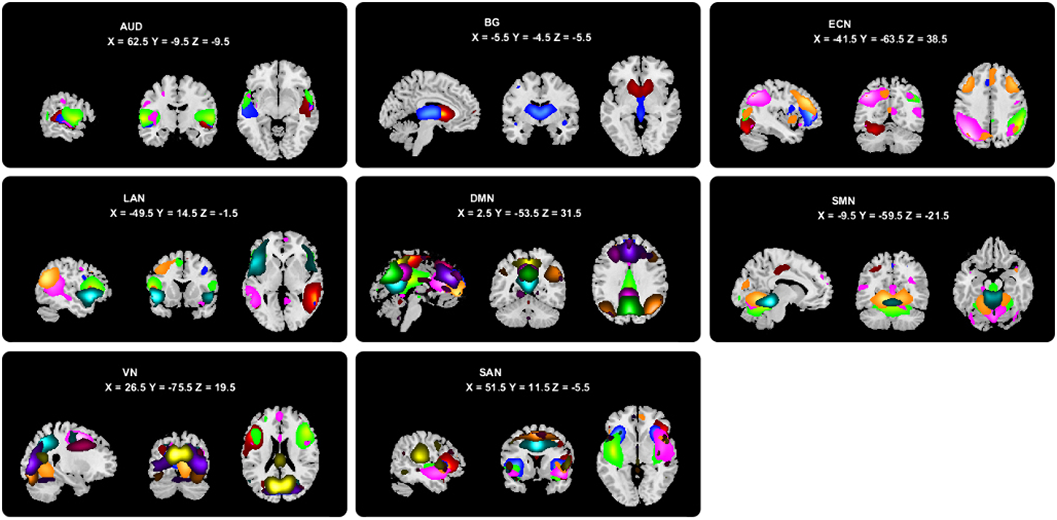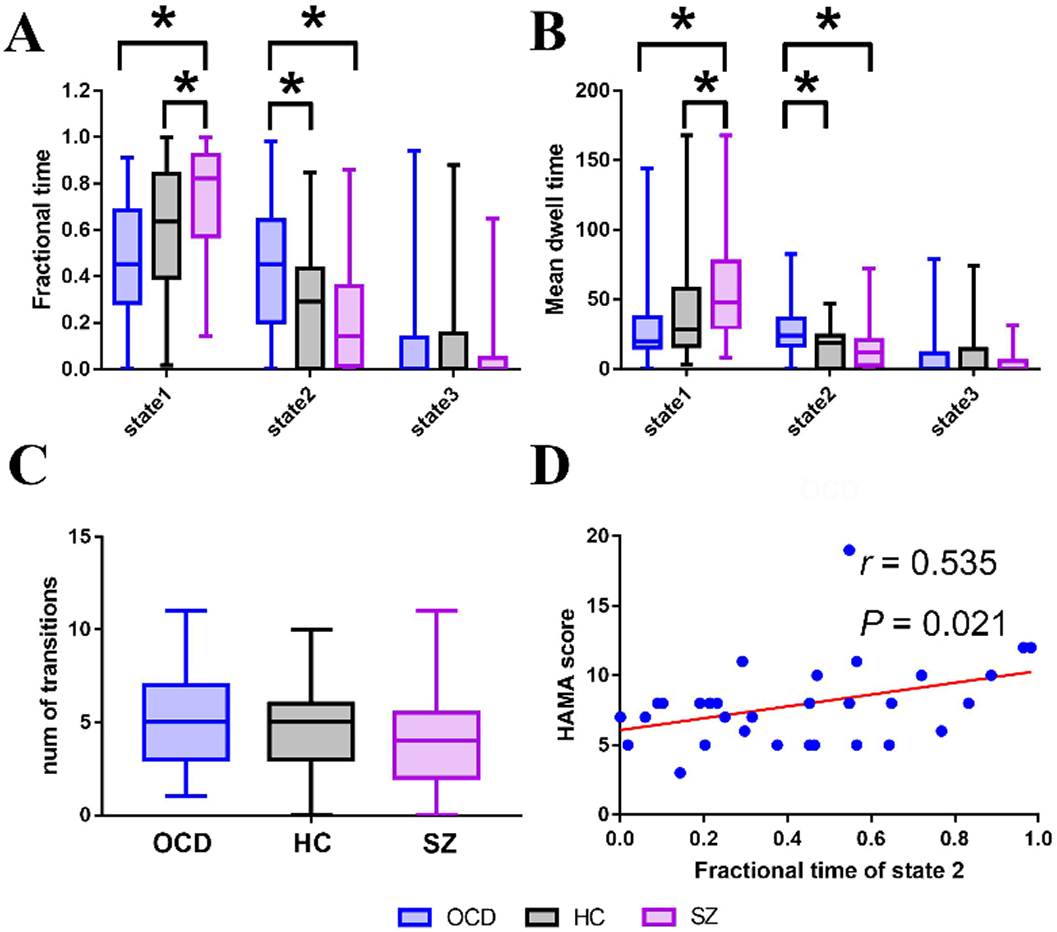Refine search
Actions for selected content:
11 results
Abnormal intrinsic brain functional network dynamics in first-episode drug-naïve adolescent major depressive disorder
-
- Journal:
- Psychological Medicine / Volume 54 / Issue 8 / June 2024
- Published online by Cambridge University Press:
- 04 January 2024, pp. 1758-1767
-
- Article
- Export citation
Disrupted dynamic functional connectivity of hippocampal subregions mediated the slowed information processing speed in late-life depression
-
- Journal:
- Psychological Medicine / Volume 53 / Issue 14 / October 2023
- Published online by Cambridge University Press:
- 20 February 2023, pp. 6500-6510
-
- Article
-
- You have access
- Open access
- HTML
- Export citation
Patterns of brain dynamic functional connectivity are linked with attention-deficit/hyperactivity disorder-related behavioral and cognitive dimensions
-
- Journal:
- Psychological Medicine / Volume 53 / Issue 14 / October 2023
- Published online by Cambridge University Press:
- 07 February 2023, pp. 6666-6677
-
- Article
-
- You have access
- Open access
- HTML
- Export citation
Alterations of insular dynamic functional connectivity and psychological characteristics in unmedicated bipolar depression patients with a recent suicide attempt
-
- Journal:
- Psychological Medicine / Volume 53 / Issue 9 / July 2023
- Published online by Cambridge University Press:
- 08 March 2022, pp. 3837-3848
-
- Article
- Export citation
Abnormal dynamic functional connectivity of hippocampal subregions associated with working memory impairment in melancholic depression
-
- Journal:
- Psychological Medicine / Volume 53 / Issue 7 / May 2023
- Published online by Cambridge University Press:
- 06 December 2021, pp. 2923-2935
-
- Article
- Export citation
Aberrant global and local dynamic properties in schizophrenia with instantaneous phase method based on Hilbert transform
-
- Journal:
- Psychological Medicine / Volume 53 / Issue 5 / April 2023
- Published online by Cambridge University Press:
- 30 September 2021, pp. 2125-2135
-
- Article
- Export citation
Altered brain functional dynamics in auditory and visual networks in schizophrenia
-
- Journal:
- European Psychiatry / Volume 64 / Issue S1 / April 2021
- Published online by Cambridge University Press:
- 13 August 2021, p. S159
-
- Article
-
- You have access
- Open access
- Export citation
Different alternations of static and dynamic brain regional topological metrics in schizophrenia and obsessive-compulsive disorder
-
- Journal:
- European Psychiatry / Volume 64 / Issue S1 / April 2021
- Published online by Cambridge University Press:
- 13 August 2021, pp. S522-S523
-
- Article
-
- You have access
- Open access
- Export citation
Distinct alternations of brain functional network dynamics in obsessive-compulsive disorder and schizophrenia
-
- Journal:
- European Psychiatry / Volume 64 / Issue S1 / April 2021
- Published online by Cambridge University Press:
- 13 August 2021, pp. S160-S161
-
- Article
-
- You have access
- Open access
- Export citation
Altered brain structural and functional connectivity in schizotypy
-
- Journal:
- Psychological Medicine / Volume 52 / Issue 5 / April 2022
- Published online by Cambridge University Press:
- 17 July 2020, pp. 834-843
-
- Article
- Export citation
Shared and specific patterns of dynamic functional connectivity variability of striato-cortical circuitry in unmedicated bipolar and major depressive disorders
-
- Journal:
- Psychological Medicine / Volume 52 / Issue 4 / March 2022
- Published online by Cambridge University Press:
- 10 July 2020, pp. 747-756
-
- Article
- Export citation
